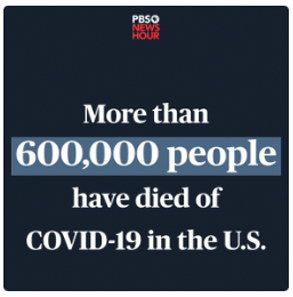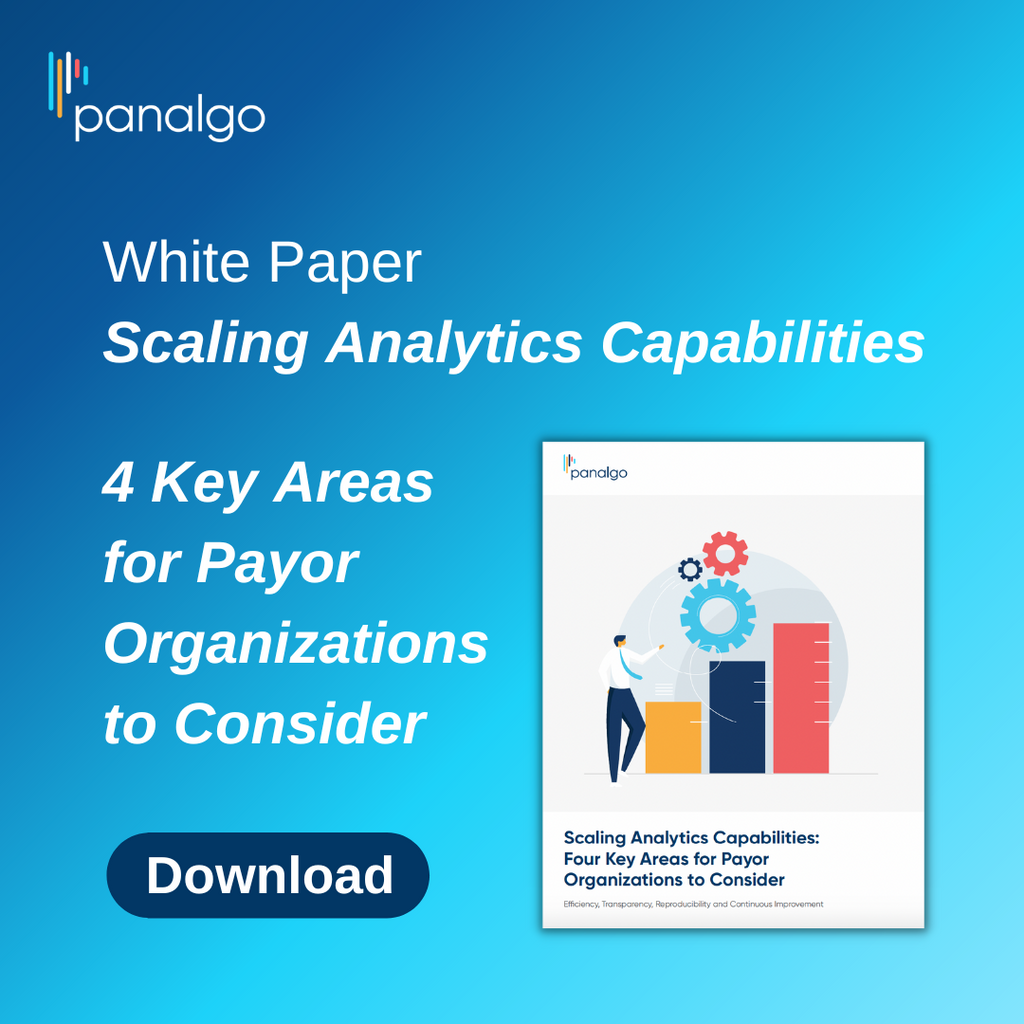2025 Formularies: Humira Is Out, White-Label Biosimilars Are In
-
Feb 20, 2025
When it comes to how the country’s three dominant PBMs cover the blockbuster drug Humira (adalimumab) and its many biosimilars, one year has made a major difference.
As of 2025, AbbVie’s Humira either “has or will vanish from PBMs’ standard formularies,” Drug Channels CEO Adam Fein, Ph.D., wrote in his annual post analyzing which drugs were excluded on the standard commercial formularies offered by The Cigna Group’s Express Scripts, CVS Health Corp.’s Caremark and UnitedHealth Group’s Optum Rx, as of January 2025.
Most biosimilars that are being marketed by a drug manufacturer also will be excluded from the “Big Three” PBMs’ 2025 commercial formularies, Fein observed. Some examples include Biocon Biologics’ Hulio, Celltrion’s Yuflyma, and both the low- and high-list-price versions of Pfizer’s Abrilada, each of which were excluded from all three major PBMs’ standard commercial formularies as of January 2025.
“Instead, each PBM’s formulary will give plan sponsors the option of a high-list-price biosimilar, a lower-priced private label product, and a low-list-price unbranded biosimilar,” Fein noted.
For example, Optum Rx — the newest to the private-label game with its Nuvaila subsidiary — will prefer high-list-price Amjevita from Amgen and the low-list-price Amjevita from Nuvaila on its 2025 Premium and Select formularies. And its Premium Value formulary includes the Nuvaila product along with a low-list-price unbranded biosimilar from Boehringer Ingelheim. “By contrast, Optum Rx had eight products (including Humira) on its formulary at the start of 2024,” the Drug Channels post pointed out.
In addition to Nuvaila, CVS Caremark has a private-label affiliate, Cordavis, and Express Scripts has Quallent Pharmaceuticals. Express Scripts’ 2025 standard formulary covers Quallent-branded Humira biosimilars manufactured by Boehringer Ingelheim and Alvotech/Teva, while Caremark covers a Cordavis-branded low-list-price biosimilar made by Sandoz plus two other (branded and unbranded) Sandoz biosimilars.
In early 2024, before the three major PBMs jumped headfirst into the private-label game, the standard commercial formularies from those firms still “supported the gross-to-net bubble for Humira biosimilars,” Fein wrote at the time.
The gross-to-net bubble refers to the gap between the list price of a drug and its net price after discounts and rebates. When it comes to adalimumab, that meant the major PBMs’ formularies often preferred both a high- and low-list price biosimilar from the same manufacturer — thus allowing PBM clients to continue receiving rebates that drug manufacturers offer to secure preferential formulary placement for high-list-price drugs.
At the beginning of 2024, all three PBMs also still had the adalimumab reference product on their formularies. But starting in the second quarter, Caremark notably removed Humira from its major commercial formularies and favored a cobranded version sourced from Cordavis. That move has largely been credited for allowing Humira biosimilars to finally chip away at the reference product’s market share to a meaningful degree.
Currently, there are 14 Humira biosimilars on the U.S. market. Their arrival was eagerly anticipated by payers that hoped they’d reduce spending on Humira, which treats conditions including Crohn’s disease, psoriatic arthritis and ulcerative colitis and has earned AbbVie approximately $200 billion since its 2002 launch. Although Amjevita became the first FDA-approved Humira back in 2016, AbbVie was able to prevent its launch with litigation over infringement on Humira patents. A settlement reached in 2017 delayed Amjevita’s U.S. launch to Jan. 31, 2023 — after which a flood of other biosimilars followed.
Should High-List-Price Options Be Offered?
Major PBMs’ strategy of covering both high- and low-list-price Humira biosimilars may have both benefits and drawbacks, health policy experts say.
“[The fact] that high and low rebated biosimilars are included on PBMs’ national formularies puts it on plan sponsors to decide whether to take highest rebates vs. lowest drug spend,” observes Elan Rubinstein, Pharm.D., principal at EB Rubinstein Associates. “I would think that plan sponsors — as fiduciaries responsible for the most cost-effective use of health plan resources — would prefer lowest drug spend over highest rebates,” he adds. However, “PBMs would not make this offer in the absence of market demand — so some plan sponsors must not see their role in this way.”
Stacie Dusetzina, Ph.D., a professor at Vanderbilt University who researches drug pricing policy, also has mixed feelings.
“The good news is that there are a lot of options for plans and payers for negotiating for lower prices for Humira,” she tells AIS Health. “This drug has been a blockbuster for years and has been expensive for plans and patients. Even though you can see that the large PBMs typically cover only a few of these options, it does appear that they cover both higher and lower list price drugs, which should mean that patients who are paying their part of the bill can access drugs that would cost them less.”
Dusetzina adds that the manufacturers of higher-list-price Humira biosimilars “likely are offering very low net prices to plans which can help keep premiums lower. The tricky part is that we want plans to pick the drug with the lowest net price (which we cannot observe) and, at the same time, we want to ensure that patients do not overpay.” To achieve that, patients either need choices of products with low list prices, or patient costs must be disconnected from the price of any given drug, she says.
Market Entry May Eventually Slow
There are also important implications related to the fact that major PBMs are largely preferring their own white-label products and omitting manufacturer-marketed biosimilars on their formularies, experts suggest.
“The bad news is that if many of these products are left off of major formularies, it might frustrate manufacturers and reduce their interest in bringing new biosimilar products to the market,” Dusetzina says. “In the short run, exclusions are good for payers but, in the long run, it might reduce entry into this market.”
Rubinstein says that PBMs’ formulary choices may mean that cobranded biosimilars “have the best shot at market success on a volume basis.” However, biosimilar cobranding likely requires higher price concessions from drug manufacturers to the PBMs’ cobranding companies “in order to be awarded that designation, be given formulary preference and enjoy formulary exclusivity that comes from exclusion of competing biosimilars,” he adds.
“And because the three market-dominant PBMs’ cobranding companies make different biosimilar cobranding decisions, a manufacturer awarded cobranded status with one of these PBMs may leave that manufacturer locked out of the other two market-dominant PBMs’ formularies,” Rubinstein adds.
Ultimately, a biosimilar manufacturer that scores a “comarketing win” with one major PBM but is locked out of the other two PBMs' formularies “may be disappointed overall,” Rubinstein concludes. “But it would surely be better off compared to a biosimilar manufacturer that is not cobranded with any of the three market-dominant PBMs and that is locked out of each of their formularies.”
In Fein’s view, PBMs’ tactic of driving biosimilar uptake through their private-label affiliates may be the best — albeit imperfect — option. For example, CVS’s ability to steer more people toward a lower-list-price biosimilar likely saved money for both plan sponsors and patients alike, but it’s impossible to know how many of Caremark’s clients remained with a high-list-price product to glean larger rebates.
“To drive biosimilar penetration, plan sponsors need to give up their addiction to rebates and reject the high-list products that inflate the gross-to-net bubble,” Fein wrote. “Until that happens, we may need to accept that PBMs’ private-label strategies are less than ideal, but better than the alternatives.”
This article was reprinted from AIS Health’s biweekly publication Radar on Drug Benefits.
© 2025 MMIT












